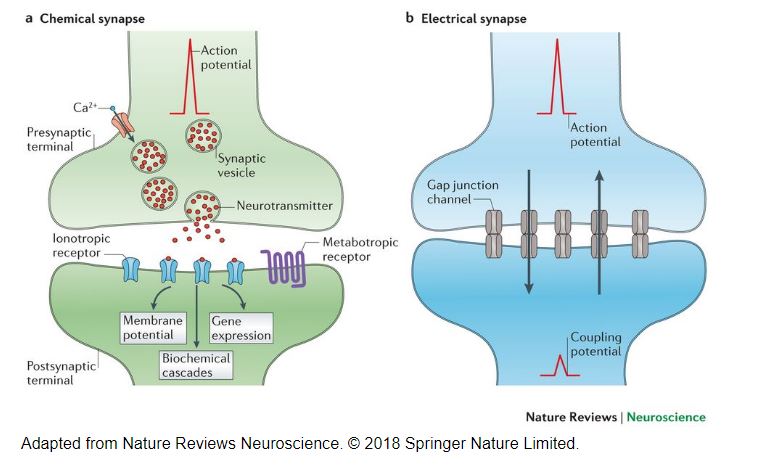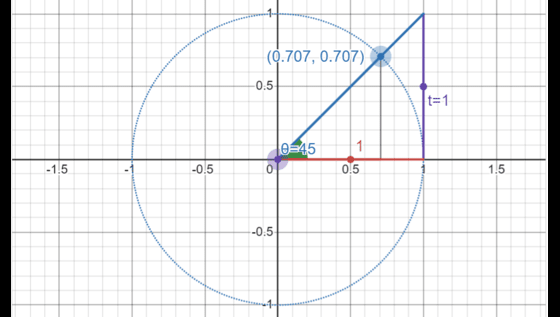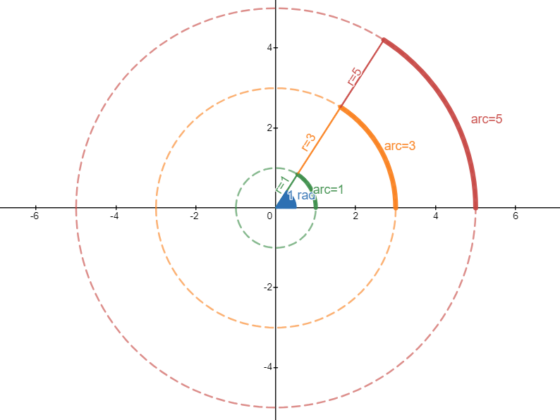A synapse is a structure that is essential to the function of the nervous system. This structure allows a neuron (a nerve cell) to transmit a signal to a target cell, allowing communication between two cells.
There are three main components in a synapse: the presynaptic neuron, the synaptic cleft and the postsynaptic cell. The presynaptic neuron is the first component of the synapse.
The presynaptic neuron fires an action potential down the axon to transmit a signal from the axon terminals across the synaptic cleft. The synaptic cleft is the very small gap (20-40 nanometers wide) between the presynaptic cell and the postsynaptic cell. The signal is then received by the postsynaptic cell. The postsynaptic cell can be a neuron, muscle cell or gland cell.
A single neuron can have several dendrites that allows the neuron to receive several signals simultaneously. A single neuron can also have several axon terminals that allow for the release of several signals at the same time via synapses.
There are two types of signals that can be transmitted through a synaptic cleft. An electrical signal is transmitted in an electrical synapse and a chemical signal is transmitted in a chemical synapse. When a synapse is both electrical and chemical, the synapse is known as an electrochemical synapse.
Electrical Synapse
In an electrical synapse, there is direct physical contact between the presynaptic and postsynaptic cells via gap junctions. Gap junctions are channels that connect the inside of one cell to the inside of another cell across the synaptic cleft. The gap junctions allow for the flow of ions from the inside of the presynaptic cell to the inside of the postsynaptic cell, thus allowing for the transmission of the electrical signal in the form of electrical current.
Electrical synapses are faster at transmitting signals than chemical synapses. Hence, electrical synapses usually conduct signals for rapid movement, such as when prey tries to escape the predator. Electrical synapses also allow a group of cells to act in a synchronized manner.
Chemical Synapse
Unlike electrical synapses that use current to convey a signal, chemical synapses use neurotransmitters to transmit the signal. Neurotransmitters are chemical messengers that vary in chemical composition in relation to the purpose of the synapse.
Inside the axon terminals of the presynaptic neuron are many synaptic vesicles, which are membrane-bound spheres containing the neurotransmitter molecules to be released into the synaptic cleft. When the action potential reaches the axon terminal, voltage-gated calcium channels in the cell membrane open to allow a rapid influx of calcium ions into the presynaptic neuron. The increase of calcium ion concentration inside the cell allows for the fusion of the synaptic vesicle membrane with the cell membrane at the axon terminal. This results in the release of the neurotransmitter molecules previously held in the vesicle into the synaptic cleft. These molecules diffuse across the synaptic cleft and bind to the specific receptor on the postsynaptic cell.
The structure and function of receptors are highly variable and specific. The receptors will then initiate the response pathway.
Interested in science tutoring services? Learn more about how we are assisting thousands of students each academic year.
SchoolTutoring Academy is the premier educational services company for K-12 and college students. We offer tutoring programs for students in K-12, AP classes, and college. To learn more about how we help parents and students in Binghamton, New York: visit: Tutoring in Binghamton, New York.






